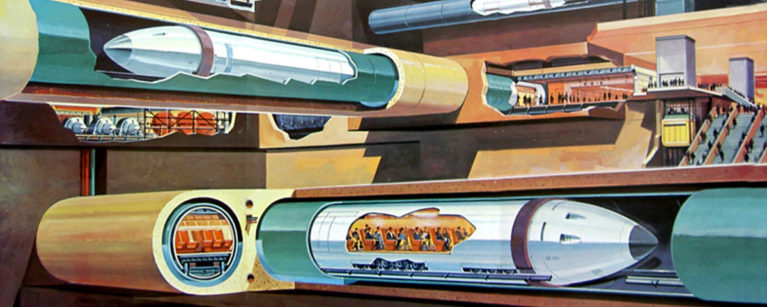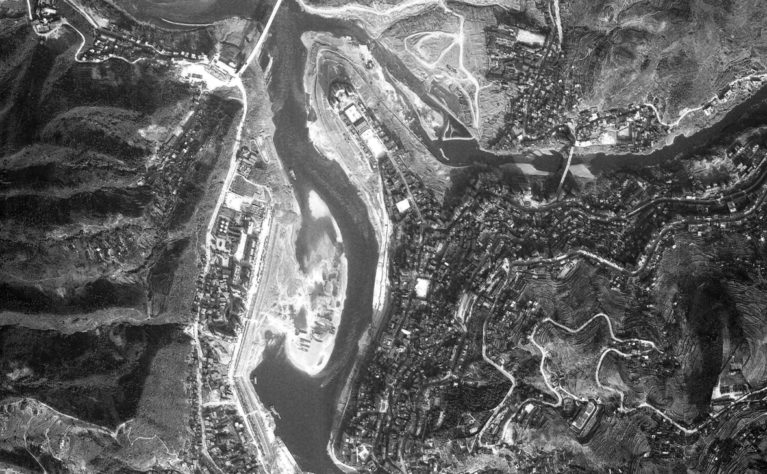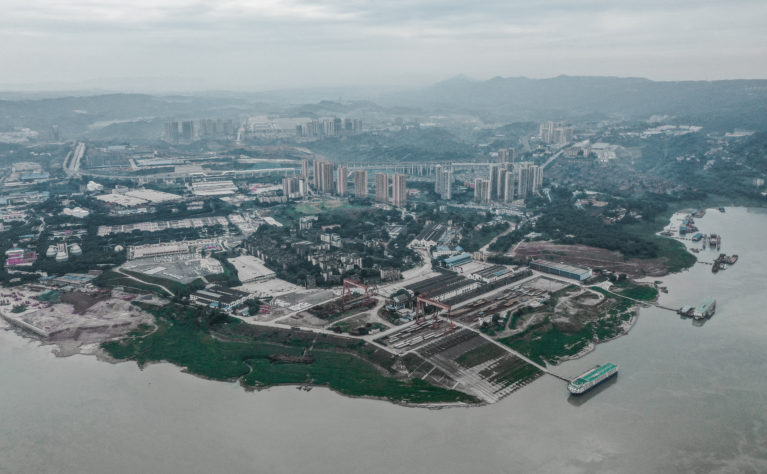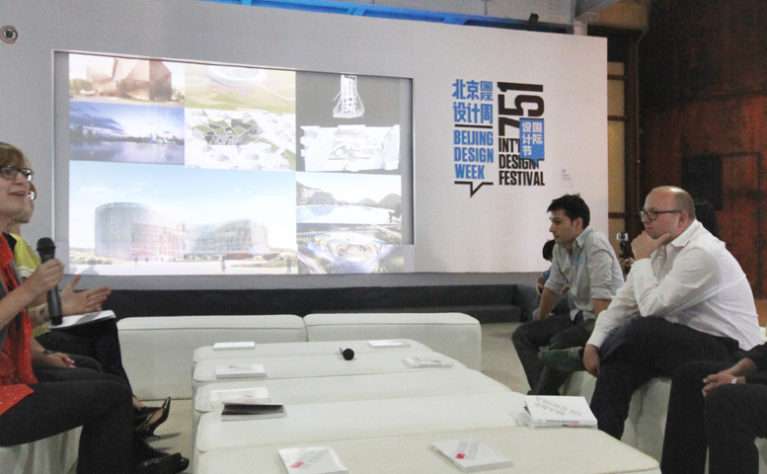
From the time London opened the first subway system in the mid-eighteenth century, the subterranean has become the place to locate the infrastructures that the traditional city wasn't able to accommodate on the surface. The increasing density above ground level results in a system of voids underneath that includes sewage and water supply systems, electric wiring, subways and urban tunnels, basements and deep foundations, storage tanks and even unfathomable vaults.
The subterranean is a hostile, dark and poorly ventilated environment through which everything can be transported at high speed, in which communications are chaotically arranged to connect the apparently orderly world built above.
Since the French architects Eugene Edouard and Utudjian Herard established the underground town planning as a discipline, cities have been cut open and new tunnel boring machines keep excavating the ground under our feet. The concept of town planning cannot be reduced to a simple plan, it must be widened to a three-dimensional conception of the use of space, or at least it should be the combination of three layers: ground, above ground and underground.
The ground we live on has been the substrate of which the history of those who once walked on it has been accumulated. Its layers have been covered with archaeological remains of the past like pages of a book. Our history is today written with voids that cut through the past.




